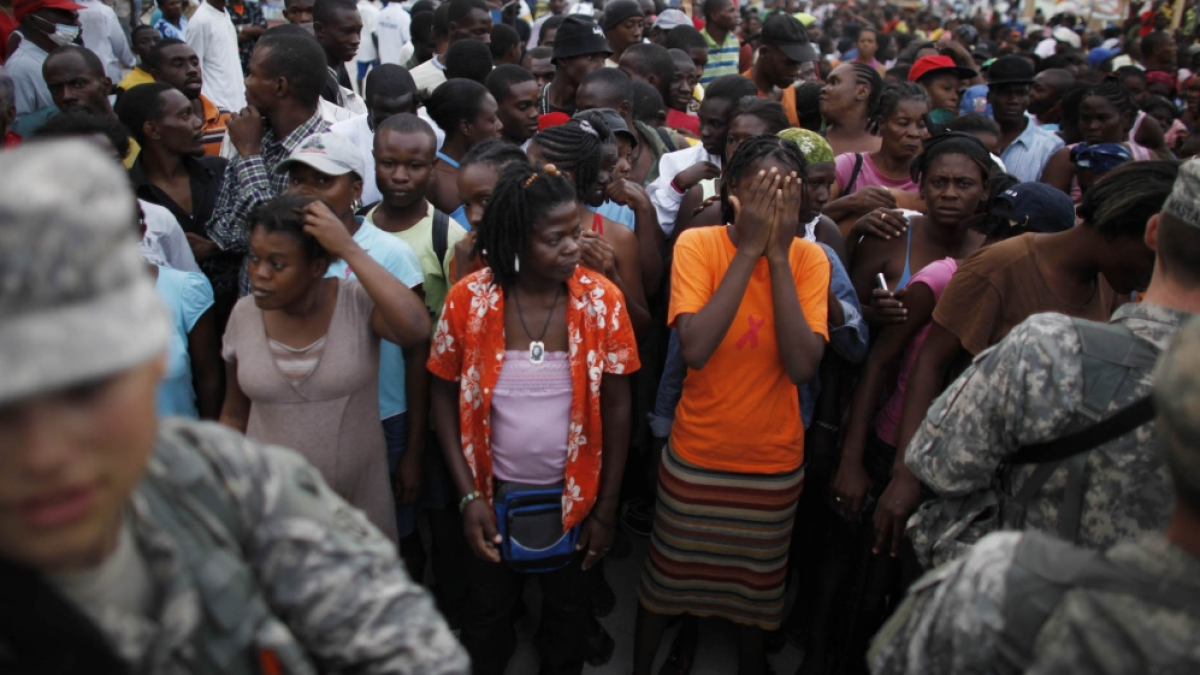News
US Increases Humanitarian Aid to Crisis-Affected Nations
The United States has significantly increased humanitarian aid to nations affected by conflict, climate disasters, and economic collapse. Through expanded funding and partnerships with global organizations, the US aims to support vulnerable communities by improving access to food, healthcare, shelter, and clean water. The initiative reflects America’s renewed commitment to global stability and human rights.

The United States has made a big decision to help countries in crisis throughout the world by giving them more humanitarian aid. This is a big step in dealing with the growing instability around the world. This extra help is going to areas that are dealing with long-term wars, climate-related disasters, political upheaval, and big drops in the economy. The goal of the program is to help the most disadvantaged communities right now and make them stronger in the long run. The U.S. Agency for International Development (USAID) and the State Department said that the new financial package will make it easier for people to get basic needs including food, clean drinking water, medical help, and emergency shelter. These enlarged programs should help people in the Middle East, Africa, Latin America, and some portions of Eastern Europe. Many of these areas are currently dealing with displacement, starvation, crumbling infrastructure, and a lack of healthcare. One of the main purposes of this humanitarian expansion is to make areas where rising instability threatens both local people and world peace more stable. Armed wars have forced millions of people to leave their homes, making this one of the biggest refugee crises in modern history. The US wants to make sure that life-saving supplies go to the people who need them most, especially in remote and dangerous areas, by strengthening humanitarian corridors and working more closely with international NGOs. Climate change is also a big part of the current crisis situation. Floods, droughts, hurricanes, and wildfires are happening more and more often, destroying homes and forcing many families to move. A large part of the United States' aid is going to climate adaptation programs. These include projects to build sustainable water systems, help farmers get back on their feet, and generate renewable energy in areas that are at risk. This initiative is about more than just immediate aid; it also aims to help people recover in the long term by rebuilding infrastructure, health care systems, and schools. Schools in areas affected by war will get new learning materials, hospitals will get contemporary medical equipment, and local governments will get help reconstructing important services. The United Nations, the Red Cross, and the World Food Program are all happy about the extra money the US is giving. They say it will help save more humanitarian disasters from happening in certain areas that are already very dangerous. Experts say that making smart investments in stability and recovery lowers the chances of future conflict and helps the economy grow in a way that lasts. Even if there is a lot of support from around the world, there are still problems. When giving aid to areas that are politically unstable or cut off from the rest of the world, you have to negotiate access rights, make sure the supply chain is safe, and deal with the risks of corruption. The US government has promised to work with local communities and set up better monitoring systems to make sure everything is clear and works well. This increased commitment to helping people in need is a symbol of a bigger goal in foreign policy: to strengthen global solidarity during a time of extraordinary problems. The United States wants to promote peace, protect human dignity, and help make the world a more secure place by helping the most vulnerable people.
PUBLISHED: November 24, 2025

Jeffrey E. Byrd connects the dots that most people don't even see on the same map. As the founder of Financial-Journal, his reporting focuses on the powerful currents of technology and geopolitics that are quietly reshaping global systems, influence, and power structures.
His work follows the hidden pipelines—where data, defense, finance, and emerging technology intersect. He highlights the players who move behind the curtain: governments, intelligence networks, private security alliances, and digital industries shaping tomorrow's geopolitical terrain.
Jeffrey’s mission is to give readers clarity in a world where complexity is used as strategy.
Read More




